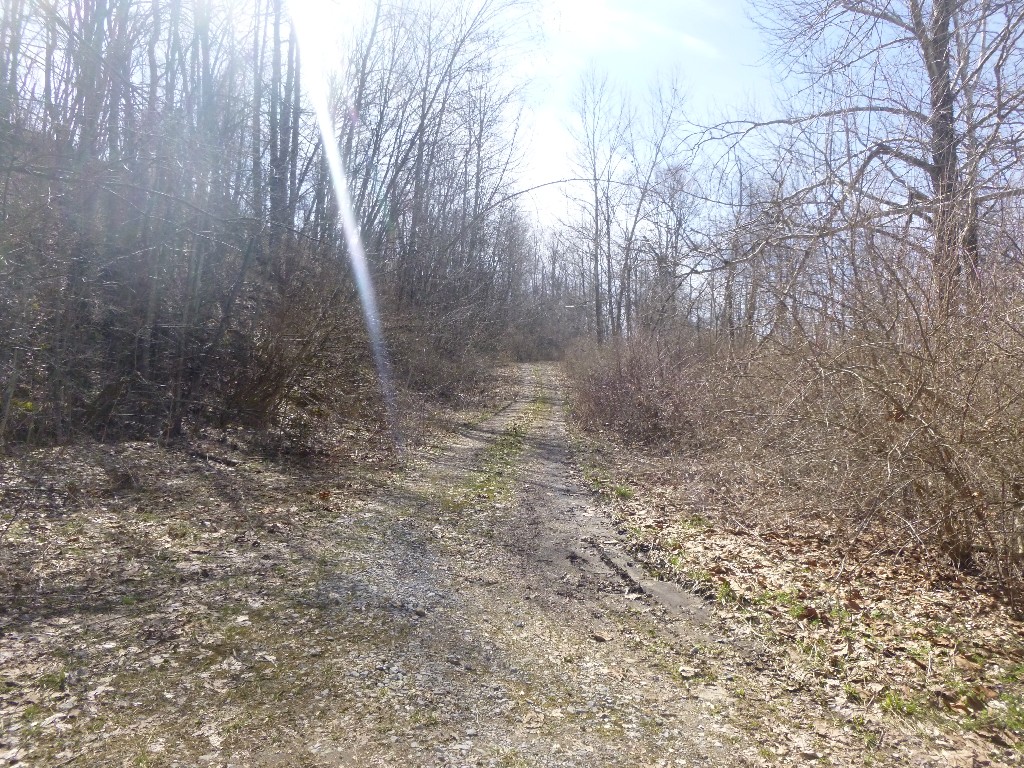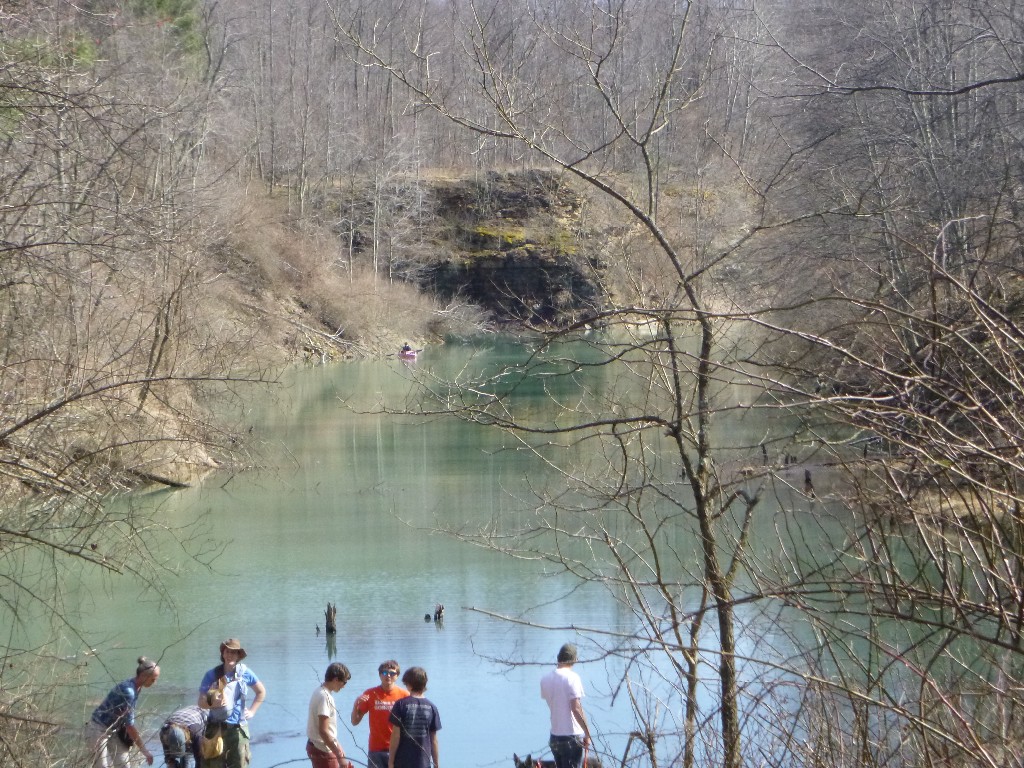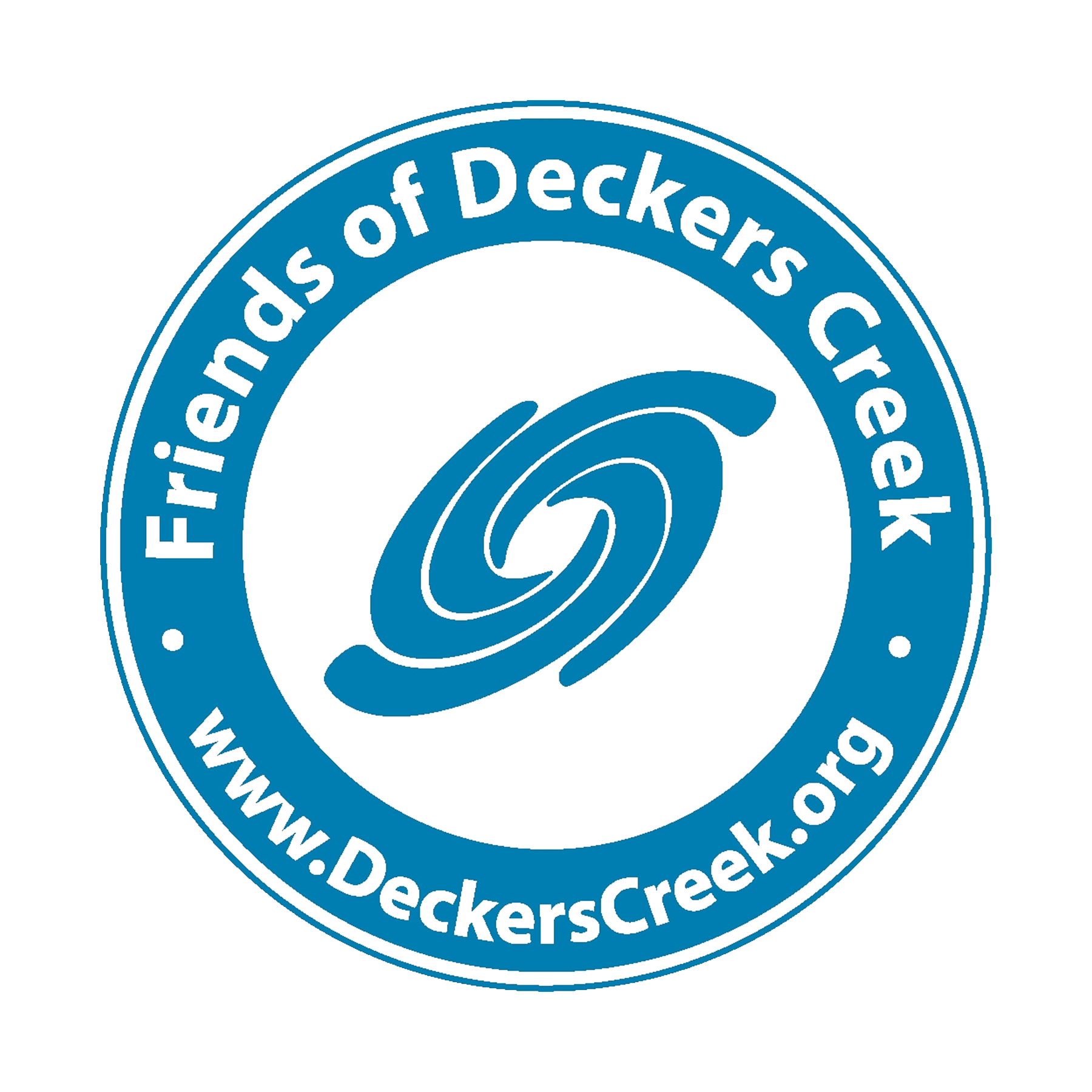The Richard Mine site is the biggest contamination source in the Deckers Creek watershed. The former mine leaks dissolved metals and other contaminants into the watershed, turning the water orange and making the nearest tributary uninhabitable by most fish and microorganisms. This pollution is called Acid Mine Drainage, or AMD.
The mine site is around 3 square miles, and each year it adds approximately 145,000 pounds of iron, 59,000 pounds of aluminum, and 3,200 pounds of manganese to the stream. It is the last major AMD polluter that hasn’t been remediated yet.
Most of the mine contamination is concentrated in a 4-inch metal pipe which pours into the Richard Mine tributary to Deckers Creek. This water accounts for only around 1% of the total water in Deckers Creek, but the effects of the AMD are clearly visible as an orange dye in the water and rocks. The contamination is by no means limited to the visible effects, though. The Richard Mine tributary has a pH of around 2 to 3 (to put that into perspective, battery acid has a pH of 1), so aquatic life is nearly impossible.
The Richard Mine was first built in 1902 by the West Virginia Coal Company. Sometime later that year, the Coal Company was bought by Steven B. Elkins, who named the mine for his son Richard. (Steven Elkins also bought the Morgantown and Kingwood Railroad, which became the rail trail.) In 1919, the Penn Mary company bought the site, and two years later Bethlehem Steel bought it from them. The mine was used as the Bethlehem Mine Corporation until 1929, when it was retired. In 1936 it was reopened as the Industrial Collieries Corporation and was called Industrial Collieries Corporation Number 21. It was mined under this name until 1952, when it was abandoned for good.
At some point, people began to realize that the mine was a huge pollution source in the watershed. Several of the mine portals (or tunnel openings) were closed, and in 1990 the West Virginia Department of Environmental Protection (WVDEP) put a wet seal on the remaining portals. The wet seal concentrated the pollution in a concrete trench called a mine pool. Unfortunately, by 1991 the trench had become so clogged with dissolved iron that it was clear the project would not be successful in the long run. The WVDEP replaced the trench with a concrete box, which concentrated the AMD in a single pipe: the same one that pours contaminants into the stream today.
See more: How do retired mines contaminate the water?
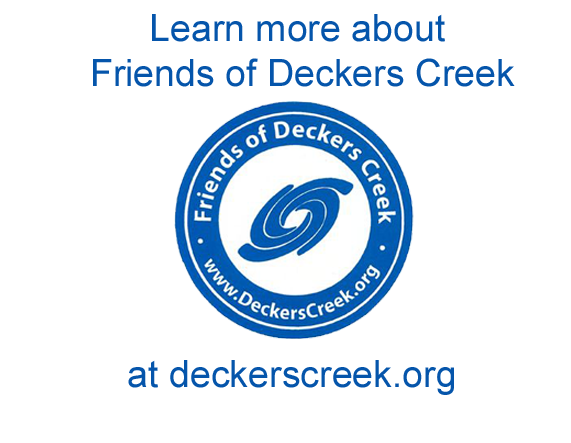
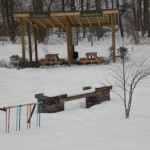
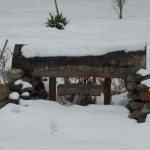
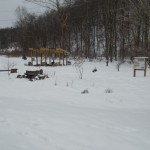
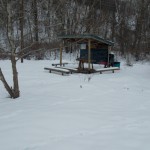
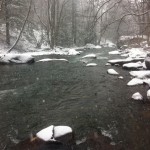
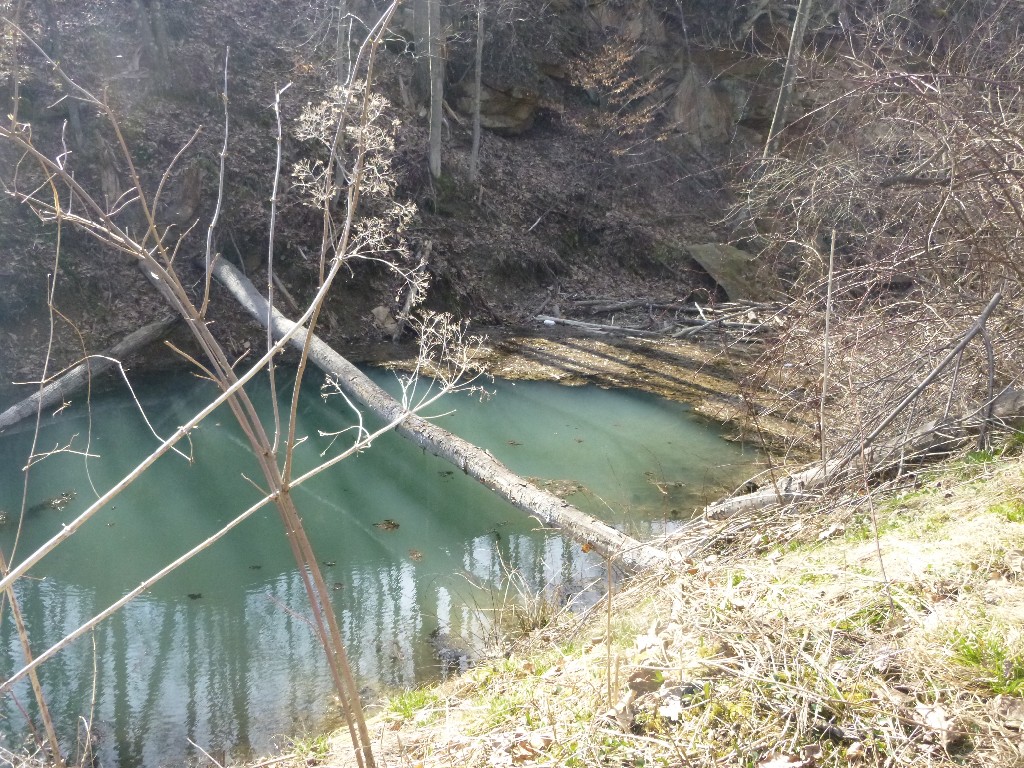 The Rehe wetland is a beautiful area, with deep blue ponds and abundant wildlife. It spans 98 acres of protected wetland and 104 acres of upland buffer, with trails weaving through many of the most scenic spots. The ponds, loaded with bass, are a good place for fishing, and the peaceful waters are also perfect for a kayaking trip. The large dirt trails are good for a hike (although sometimes muddy), and there are grassy areas near a couple of the ponds that make convenient picnic spots. The whole area is teeming with wildlife, from ducks to raccoon to beavers, so it’s also a great place for wildlife watching.
The Rehe wetland is a beautiful area, with deep blue ponds and abundant wildlife. It spans 98 acres of protected wetland and 104 acres of upland buffer, with trails weaving through many of the most scenic spots. The ponds, loaded with bass, are a good place for fishing, and the peaceful waters are also perfect for a kayaking trip. The large dirt trails are good for a hike (although sometimes muddy), and there are grassy areas near a couple of the ponds that make convenient picnic spots. The whole area is teeming with wildlife, from ducks to raccoon to beavers, so it’s also a great place for wildlife watching.
